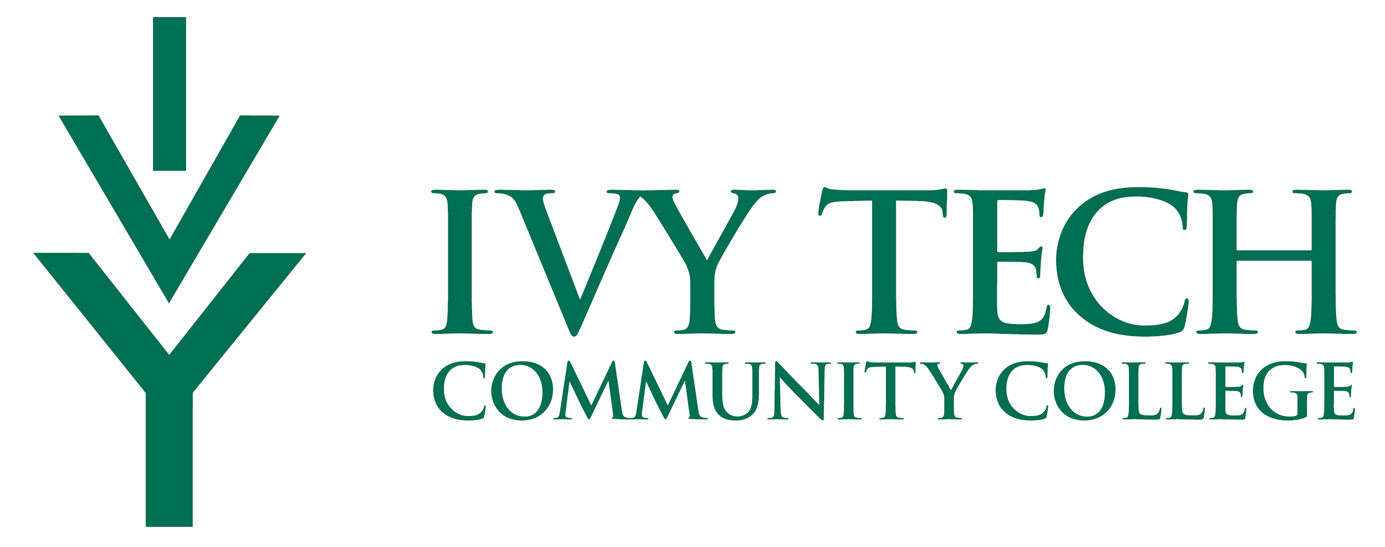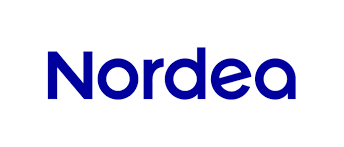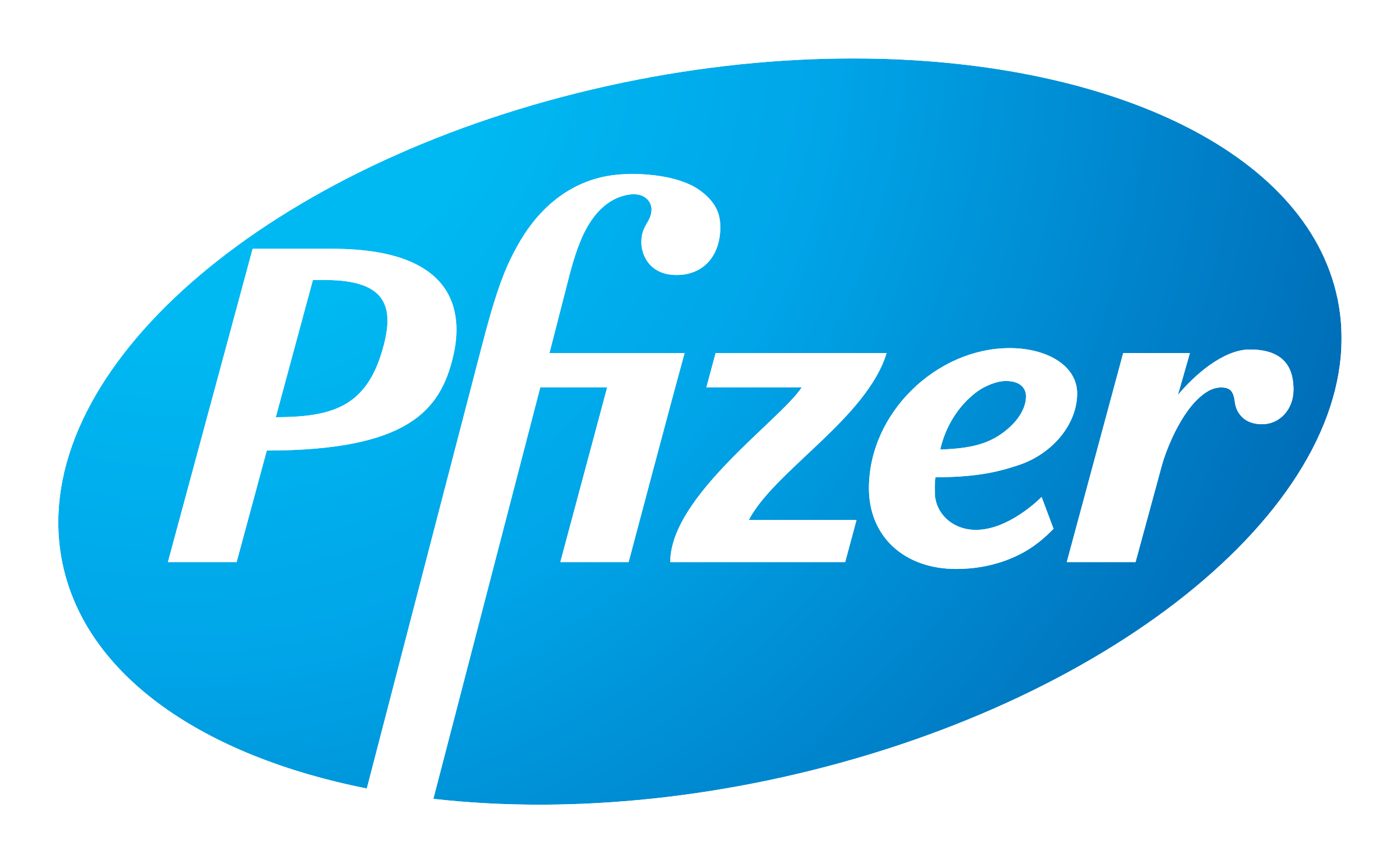Creativity: Are we all innovative? Are We All Creative?
Check your assumptions at the innovation door.
Creativity: Are we all innovative? Are We All Creative?
So what is creativity and what makes it such a vital part of the change making process?
The definition of creativity varies depending on who’s talking. Some say creativity is independence, the ability to do the things you’d like to do.
Many people associate creativity with a chameleon-like ability to change with a changing environment. To some, creativity is what lies behind longevity and endurance-the secret to the cockroach’s staying power over millions of years. For those who believe there’s nothing new under the sun, creativity is the ability to rearrange existing variables into new combinations. To others, creativity is the act of “creating” or making something brand-new.
Some believe creativity is a bolt from the blue or something that appears unexpectedly in a flash of insight.
Others believe creativity results only from lengthy painstaking work, like the trial and error endured by the Wright brothers in making the first airplane. (Thomas Edison once said that creativity is 99 per cent perspiration and 1 per cent inspiration.)
However you define it, the good news is that all of us are creative.

Creativity is an inborn human faculty, one that we can nourish, cultivate and raise to extraordinary heights in virtually anything we try. Creativity is as much a part of you as your arms and legs.
What matters is not what you call it, but how you use it. As children, we allowed our creativity to flourish. We let our imaginations flow. We continually created new ideas and things. We delighted our parents with our freshness.
The “bad” news is that adults often worry that the development of their children’s imagination might go too far. Because we value practicality, we are encouraged to exercise greater judgment and logic at the expense of imagination.
By the time we become adults, we’re armed with plenty of judgment and logic but precious little imagination. What’s the problem with that? Anything we do, either alone or with others, is based on established customs, precedents, and historical and current practices.
Without such precedents, however, new challenges leave us stumbling in the dark, lacking the light that imagination can bring. While scientific research on creativity is wide-ranging, diverse and difficult to integrate, we can draw a few broad conclusions about this faculty:
Creativity is not a gift for a chosen few. Virtually everyone is born with creativity and uses it extensively during childhood. While we don’t all have the same amount or type of creativity, we have substantially more of it than we use. Most adults use no more than a fraction, perhaps 10 per cent, of their natural creativity each day.
Creativity has little connection to IQ, sex, age or any other demographic factors. Most people can tap into more of their natural creativity by learning a few basic process skills-and by using these skills deliberately to “uncondition” themselves.
How we suppress our natural creativity
Most of us undergo a conditioning process as we mature that suppresses our creativity. Our greatest learning and creativity spurt occurs between birth and age five. During this period, we question, experiment, explore, welcome new experiences, say what we think, and feel.
What does this mean for your business?
What’s most exciting about creativity is that it can be brought back.
Your creativity and value to the organization is incredible. You are innovative, and it’s just a matter of bringing our natural creativity back out.
Over the years, as we coach the creativity or innovation process, it’s incredible how many times people we work with are amazed that inside them, are ideas that add not only value but change the course of a company.
Ready To Drive Change?
You’re an innovator. You just don’t know it yet. Let us show you how.
Is your team thinking innovatively?
Learn more about our innovation programs.
Contact us to drive more innovation in your teams.


































